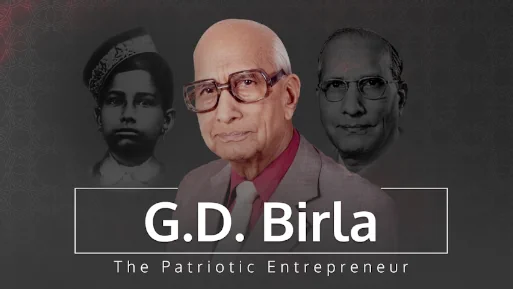80 per cent of our businesses are safe
20 December, 2008 | The Financial Express
ShareThe Financial Express
20 December 2008
Dr. Santrupt B Misra, Director, Aditya Birla Management Corporation, is referred to as a maestro of people craft. Misra is responsible for human resources at the $28 billion conglomerate, Aditya Birla Group, which has a workforce of 1,25,000 employees belonging to 25 different nationalities. He also wears the hat for the Group's Corporate Information Technology function, which consists of blue-chip companies like Grasim, Aditya Birla Nuvo and Hindalco.
Are HR managers feeling the pressure, as the cost-cutting decisions being taken by most companies are increasingly scrutinising HR managers on different process-related issues?
Yes, like everyone else, HR is also called upon to make its own reduction in these times. HR's role in a downturn becomes more significant in businesses where employment cost is a significant percentage of operating expenses. If there is an expectation for some reduction in cost from HR, then you have to find ways to do it without impacting your employer brand.
Secondly, downturn is an opportunity for HR to question your HR expenses. The other role of HR managers during a downturn is to keep the employee morale up because everyday the news of pink slips and lay-offs are being heard and read about and there is a doom and gloom story which makes the employees nervous and brings down their morale.
How do you boost employee morale in the current scenario?
One way is by communicating and giving people a realistic picture and giving them assurance that the senior leadership team is in control. That they have a game plan. But whatever you communicate will matter only when your employees have a degree of faith in the management. Downturns are times that are very fertile for rumours and hence you have got to extend credible support to keep up people's morale.
Don't you think boosting employee morale is a challenge when bonuses and increments are not a part of it?
Yes, it is, but I think that is what leadership challenge is all about. One has to communicate to people that tough times don't last but tough people and tough companies do and will have a better future to look forward to. We could have been in a worse situation if we would not have taken measures six months ago. If those kinds of messages go out, people feel reassured.
What are the kinds of queries you receive from your employees about the current scenario?
Personally I have been fielding many queries like how bad is the situation, when will it improve, are we thinking of downsizing, are we thinking of salary cuts, is there a freeze on hiring, etc. You will have to answer questions not only from the employees, but also from partner institutions like B-schools, search firms etc. My responses have been honest. If everything else that is done is unable to keep us afloat, then we may have to do some of it. Large-scale downsizing, large-scale salary cuts, and large-scale freezing will be last resorts.
How do companies such as yours decide on lay-offs?
There are many criteria like checking their performance, is the function over-staffed, do I see an enforceable future in redeploying the person, etc. I would like to protect a long serving employee more than an employee who is relatively new.
So far how many employees have you let go and from which businesses?
We've conducted formal downsizing of about 50-60 people in metals and IT/ITeS businesses. But 80 per cent of our businesses are safe and 20 per cent may have some challenges that could have trouble. Commodities companies in general may have to struggle a little longer but will bounce back when consumer demand picks up. Next few months will not be uniformly bad for every sector but financial services and textile may take longer to come out of the downturn.
What are your hiring plans?
Sectors that stay on the growth path will continue to hire. So far we have planned hiring for about 400 people in management positions.
What kind of investment does the Group makes in its employees?
We invest in hospitals, schools, entertainment, internet connection, etc. Training and re-training are also emphasised, from e-learning to leadership development and other courses. Our employees can pursue MBA through an e-MBA that we provide. In addition, we give our employees an opportunity to work on international assignments, rotational assignments and new segments of business.
What is the biggest challenge for you?
My biggest challenge is to c;reate a cohesive and coherent HR strategy that ties together this global conglomerate of 14 different businesses. More contextually, our challenge is to ensure that we have the right leaders in key positions to tide over the economic challenge.






